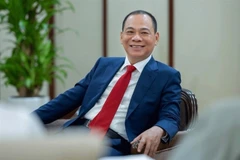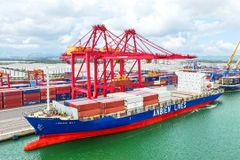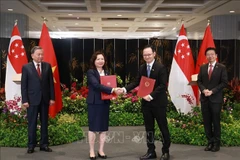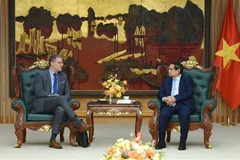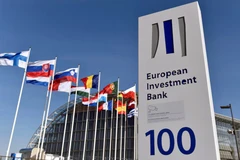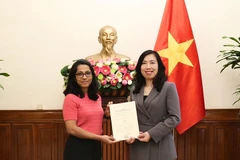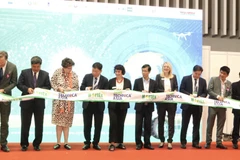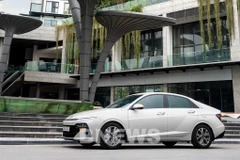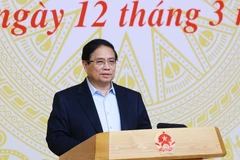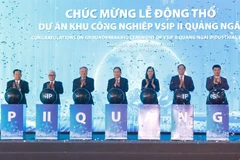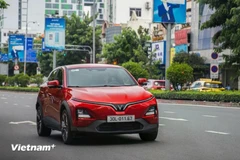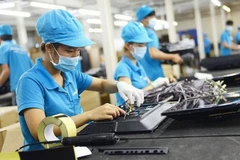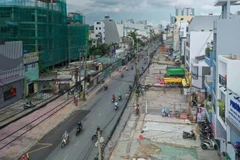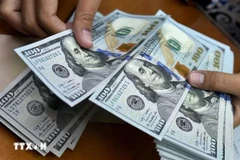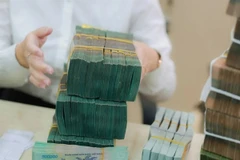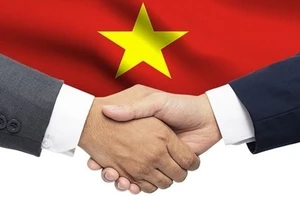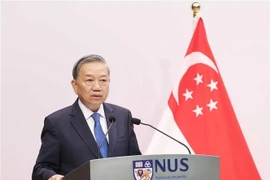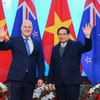Twentyyears since the normalisation of diplomatic ties between the twonations, Vietnam is now the leading ASEAN exporter to US with a 13-foldexport turnover increase while the US is the seventh largest foreigninvestor in Vietnam.
According to Nguyen Dinh Luong, former Headof the negotiating team on the Vietnam-US BTA, the content of theagreement focused on goods trade, intellectual property, investmentrelationships and service trade and was designed based on the principlesof the World Trade Organisation.
Thanks to the BTA, Vietnam’sexport value to the US experienced a 36-fold increase from 800 millionUSD in 2000 to nearly 29 billion USD in 2014.
Besides trade, Vietnam is currently an attractive investment option forUS businesses. Statistics from the Foreign Investment Agency under theMinistry of Planning and Investment (MoIT) show that by March 20, 2015,there were 735 valid US investment projects in Vietnam with totalregistered capital of around 11.06 billion USD, ranking the US seventhamong 101 countries and territories investing in Vietnam.
In thefirst quarter of this year, Vietnam granted investment certificates to 8new US projects while two others registered to add combined capital ofnearly 70 million USD.
Vietnam was running 124 projects worth 426.74 million USD in the US as of the end of August 2014.
The number of US visitors to Vietnam is on the rise, reaching nearly444,000 in 2014 and nearly 256,000 in the first six months of this year.
While the BTA laid the foundation for bilateral economic-tradeties, the pending Trans-Pacific Partnership (TPP) agreement is hoped togive a new boost to the ties. It is expected to help Vietnam boost itseconomic growth and make the Vietnam-US economic ties morecomprehensive.
The two countries are aiming to complete bilateral negotiations of the TPP and sign the deal by the end of this year.
The American Chamber of Commerce in Vietnam (AmCham) forecasted thatVietnam’s export turnover to the US will likely hit 57 billion USD by2020. Once the pact is inked, tariffs on Vietnam’s exports such astextiles, footwear and aquatic products will be reduced to zero percent.
Speaking at a forum held at the Washington D.C.-based Centrefor Strategic and International Studies (CSIS) in March this year, USAmbassador to Vietnam Ted Osius stressed that Vietnam and the US need topush their trade ties to lift bilateral relations to a higher level.
The TPP is a great opportunity for Vietnam to make anew stride forward in global integration efforts and realise the goal todouble trade with the US, he said.
According to AmCham,Vietnam’s involvement in TPP negotiations makes the nation moreattractive for foreign investors, including the US. The TPP will alsohelp distinguish the Vietnamese market from others in ASEAN. At present,a number of leading US companies such as Nike, Mast Industries andP&G plan to shift production to Vietnam.
On the occasion ofhis recent visit to the US, Party General Secretary Nguyen Phu Trongaffirmed Vietnam will work closely with the US and other countries toaccelerate negotiations on the pact.-VNA

